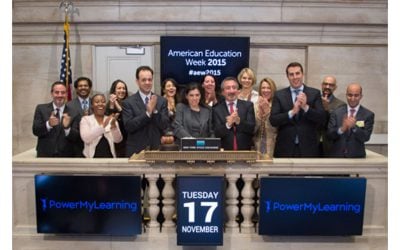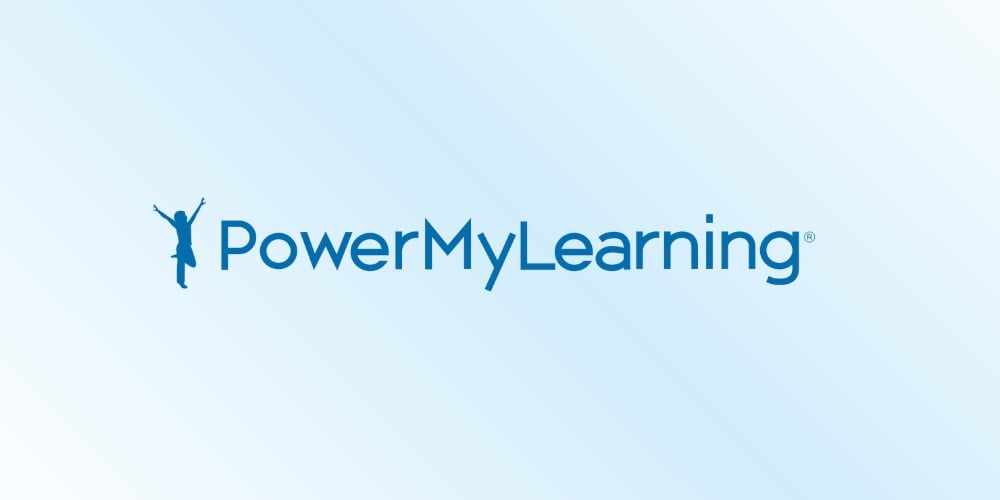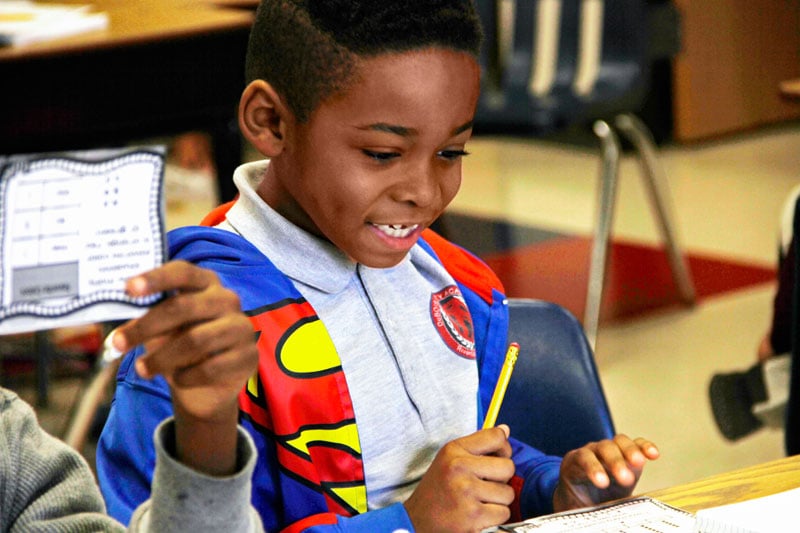What America can learn from the world’s smartest schools
This New York Times article, “What America Can Learn About Smart Schools in Other Countries,” shared some interesting insights on what PISA has learned about the factors that predict a country’s scores. Some of these insights are quite surprising, including a point about education technology that one of our star teachers couldn’t agree with more.
Here are three surprising insights:
- A country’s poverty level does not have to predict its outcome. In fact, the article stated, “Places like Estonia, with significant child poverty, and Canada, with more immigrant students than the United States, now top the charts.” Estonia and Canada do well because they direct more resources to their neediest children.
- The U.S. is doing better on equity. The article states that out of all countries in the study, the U.S. showed the most progress on equity: “In 2006, socioeconomic status had explained 17 percent of the variance in Americans’ science scores; in 2015, it explained only 11 percent, which is slightly better than average for the developed world. No other country showed as much progress in this metric.” This improvement was not enough to raise our country’s overall scores. Compared to the PISA test three years ago, the U.S. stayed flat in science and reading, scoring average among industrialized countries in those subjects, and dipped below average in math.
- Education technology is not yet a factor that predicts outcomes because teachers are not being involved enough. The executive who oversees the PISA exams was quoted in 2015 saying, “Technology is the only way to dramatically expand access to knowledge. To deliver on the promises technology holds, countries need to invest more effectively and ensure that teachers are at the forefront of designing and implementing this change.”
Ms. Arenas, one of our star teachers, could not agree more with the ed tech insight above as she represents an example of a teacher making great progress by being at the forefront of designing and implementing technology change. As a sixth grade math teacher at South Bronx Preparatory in New York City, Ms. Arenas had been teaching for more than a decade when she began working with a coach from PowerMyLearning. She explained that this collaboration led to a major transformation in her classroom where, as a full participant, she drove the incorporation of technology and changed her teaching practices as a result.
“You teach for so long, and you think that everything is perfect, when nothing is perfect,” she said. “PowerMyLearning changed my life.”
Ms. Arenas believes the formula for using technology to achieve student success includes two key elements. First, it requires her, as a teacher, to use technology to involve her students’ families in the learning process.
“When the teachers and families come together, children have no choice but to become successful,” Ms. Arenas said. “There is no way that we cannot reach that together. And that is our purpose. That’s why we are here.”
Second, it requires flexible technology tools that she, as a teacher, can use to help her students develop an understanding of how to learn and solve problems. In a recent lesson, Ms. Arenas asked students to describe PowerMyLearning Connect’s impact on their learning processes. The students’ responses included “leading me to college,” “enriching me as a student,” and “connecting my home with my school.”
Ms. Arenas’ formula for success has proven itself many times over. In the four years PowerMyLearning has worked with her, Ms. Arenas has increased the number of sixth grade students achieving year-end proficiency by more than 25 percentage points (that’s moving more than a quarter of the sixth-grade students over the proficiency line).
What do you think of Ms. Arenas’ “formula for success?” Have you seen other examples of teachers who are at the forefront of designing and implementing technology in their classrooms?


